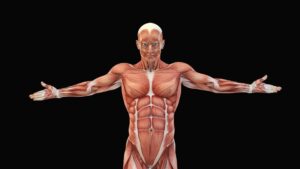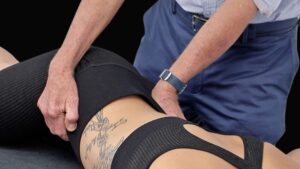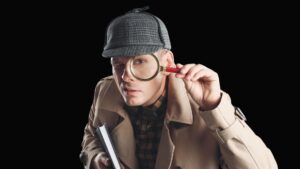Bridging the great divide between Art & Science
Professor Albert Einstein once stated, “All religion, arts, and sciences, are branches of the same tree.” If we take his statement at face value, the art and science of manual therapy is indeed one extraordinarily thorny tree. It’s hard to imagine another profession where the same categorical title is used to describe such a variety of truly different modalities…all rooted in incongruent philosophical and theoretical constructs. Indeed, it is difficult to argue the fact that we have a language problem in manual therapy. Assessments, techniques, findings, and documentation all lack a consistent vernacular and this lack of a common vocabulary does not lend itself well to transferable research findings or, more concerning… consistency in care.
Massage techniques for example are generally derived from a number of different examination and treatment methods that may or may not even include use of the hands. One philosophical model may advocate techniques that provoke or reduce a client’s pain, while another modality completely disregards pain. The inconsistencies of a manual therapist’s style are comparable to that of a sketch artist. Give a dozen drawing artists a description of a scene, place them in separate rooms with instructions to apply their artistic style, and compare their work a couple hours later. What we would expect to find is twelve completely different pictures of the same basic scene.
This is very much how the art of manual therapy is applied. Instruct a dozen randomly chosen manual therapists to assess and treat the same client asking them to apply their own artistic style. What we would expect to see in this group is the same thing as with the sketch artists… a dozen different approaches to the same problem. The outlying factors that differentiate the manual therapist’s “style” may include such things as background, skill set, work experience, and most importantly his interpretation of the client’s wants and needs. Oddly, the client may report that although few of the therapists approached the problem with similar assessments and treatments, to a certain degree, all were successful in addressing the primary complaint.
Coming from an “old school” 40+year manual therapy background, I learned early the “art” of hands-on therapy, yet the “science” has been an ongoing assimilation process acquired through years of attending body-mind research conferences. Much like sketch artists who attend workshops to learn the techniques and nuances of their trade, I’ve been able to keep passionate about touch therapy through workshops, e-learning, home study, and mentorship programs. Although the instructor’s style may be radically different from the method I’m currently using, I soon find myself assimilating and refining the manual skills and exercise strategies into an approach that is both eclectic and individual to me.
Today, there is much excitement and anticipation due to the mounting scientific evidence indicating that client outcomes may be enhanced through touch therapy. Myoskeletal Alignment Techniques (MAT) provides the therapist an opportunity to apply their mind through researching evidence-based science and “the art” through creative hands-on work techniques derived from continuing education and intuitive study. The Art of MAT home study course brought to you by the Freedom From Pain Institute is our latest endeavor designed to help you traverse the great divide between art and science.









